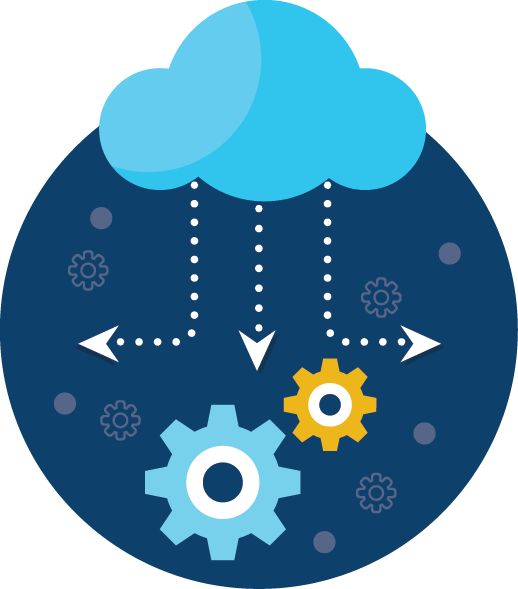
Help with Cloud Migration
Using our propriety CloudDeploy™ automation service we help you implement and manage your cloud resources. CloudDeploy provides Infrastructure as Software (IAS) which uses all components of an environment including network, security, storage, servers, application, and monitoring.
Our service is based on DevOps principles in configuring and deploying environments with automation tools such as CHEF. Building on this technology stack provides solutions that are implemented using test driven development best practices.
The CloudDeploy Benefits
Implementing our CloudDeploy service
delivers many advantages, including:
- Decrease in time to provide new capabilities
- Reduction of effort needed to deploy infrastructure
- Gain cost savings through the management of platform services
- Deliver deep insight into the operational performance
- Automated regression testing when any new change is implemented
- Ensure environments deployed meet company standards and best practices
- Operations occur in secure, reliable, and repeatable environments






 The templates also integrate environment level processes such as monitoring, security access, and system services. These are then left with the customer to be used by their IT teams.
The templates also integrate environment level processes such as monitoring, security access, and system services. These are then left with the customer to be used by their IT teams.